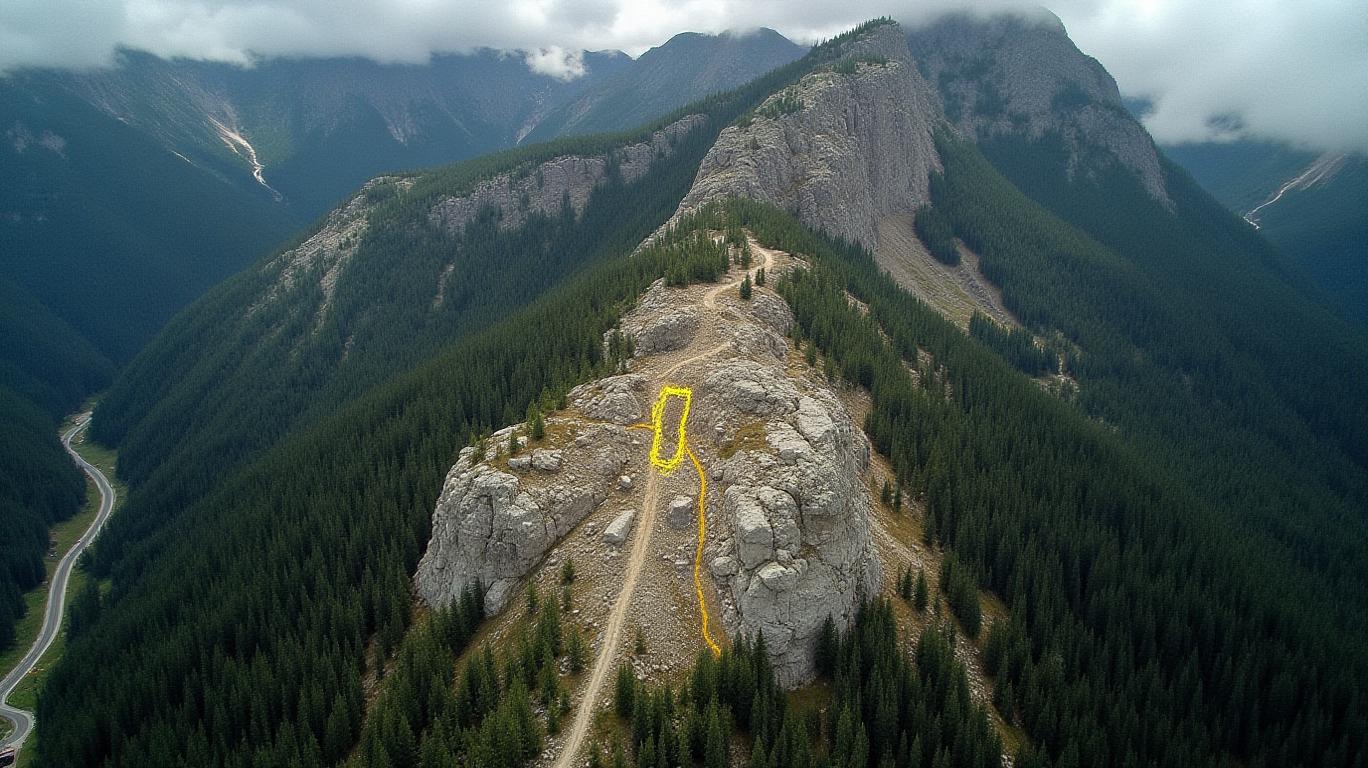Golden Cariboo Resources’ Halo Zone: A District-Scale Gold Breakthrough with Catalyst-Driven Upside
The Cariboo Gold District in British Columbia has long been a treasure trove for gold exploration, but few projects have demonstrated the geological rigor and structural clarity of Golden Cariboo Resources’ (GCC) Halo Zone. Recent drilling results, coupled with advanced technical validation methods, suggest this project is poised to deliver a high-grade gold discovery with district-scale potential. With assays pending for its flagship hole QGQ24-21 and plans to expand drilling into 2025, GCC presents a compelling leveraged play on the gold bull market—and investors should act before the catalysts materialize.

Geological Consistency: Visible Gold and Structural Controls Signal Continuity
The Halo Zone’s recent drill results are marked by a recurring theme: visible gold intersections within structurally controlled gold systems. Drill hole QGQ24-21, for example, intersected 53 meters of intense sericite-carbonate alteration hosting quartz-carbonate veins with visible gold. This mirrors the high-grade intercepts from neighboring hole QGQ24-20, which returned 1.45 g/t gold over 137 meters, including a 2.0-meter interval of 6.36 g/t gold. The consistency in lithology, alteration, and mineralization style across these holes suggests a continuous, structurally driven gold system.
The key to this system’s scale lies in its structural architecture. The Halo Zone sits along a major northwesterly-striking fault zone, where gold-rich fluids were channeled into shear zones at contacts between mafic volcanic rocks and argillite units. These structures are analogous to those hosting historic Cariboo gold mines and Osisko Mining’s nearby Cariboo Gold Project, which has delineated 6.5 million ounces of gold. With GCC’s property bordering Osisko’s tenure, the structural and geological parallels imply the Halo Zone could be part of a district-scale gold corridor.
Resource Expansion Catalysts: Upcoming Assays and Strategic Drilling
While QGQ24-21’s assays remain pending, the geological context alone justifies optimism. The hole was terminated prematurely at 310 meters due to drill instability, but visible gold persisted right up to the final meters—a strong indicator of deeper potential. Crucially, the Company has partnered with ALS Canada to use Chrysos PhotonAssay™ technology to analyze QGQ24-21 samples. This method, which assesses up to 500 grams of material per assay, mitigates the “nugget effect” caused by coarse gold particles—a common flaw in traditional fire assays.
The results, expected imminently, could reveal grades higher than conventional assays would suggest. Combined with plans to drill QGQ25-23 up-dip and north of QGQ24-21, these data will test the lateral and vertical continuity of the Halo Zone, potentially unlocking a multi-million-ounce resource.
Technical Validation and Strategic Positioning: A Recipe for Upside
GCC’s approach blends advanced geology with strategic foresight. The PhotonAssay study not only addresses assay accuracy but also aligns with industry trends toward precision in gold exploration. Meanwhile, the Company’s location adjacent to Osisko’s world-class asset and within a belt of 90 kilometers of placer gold creeks (yielding $1 billion+ in historical production) underscores its position in a proven gold province.
The stock’s current valuation—trading at 0.3x the net asset value (NAV) of peers—reflects its underappreciated potential. If assays confirm the Halo Zone’s high-grade continuity, GCC could see a re-rating as investors recognize its leverage to both gold prices and discovery catalysts.
Conclusion: Act Before the Catalysts Strike
Golden Cariboo Resources stands at the intersection of geological excellence, technical innovation, and strategic positioning. With assays pending for its highest-priority hole and a drilling program designed to expand the resource, the company is on the cusp of unlocking significant value. For investors seeking exposure to a leveraged gold explorer with district-scale potential, now is the time to act—before the data flows and the market catches up.
Risks: Drilling delays, assay variability, and regulatory hurdles. However, the alignment of geology, technology, and location positions GCC to mitigate these risks and capitalize on upside.
Disclaimer: This analysis is based on publicly available data and does not constitute financial advice. Always consult a licensed professional before making investment decisions.

Comments
No comments yet